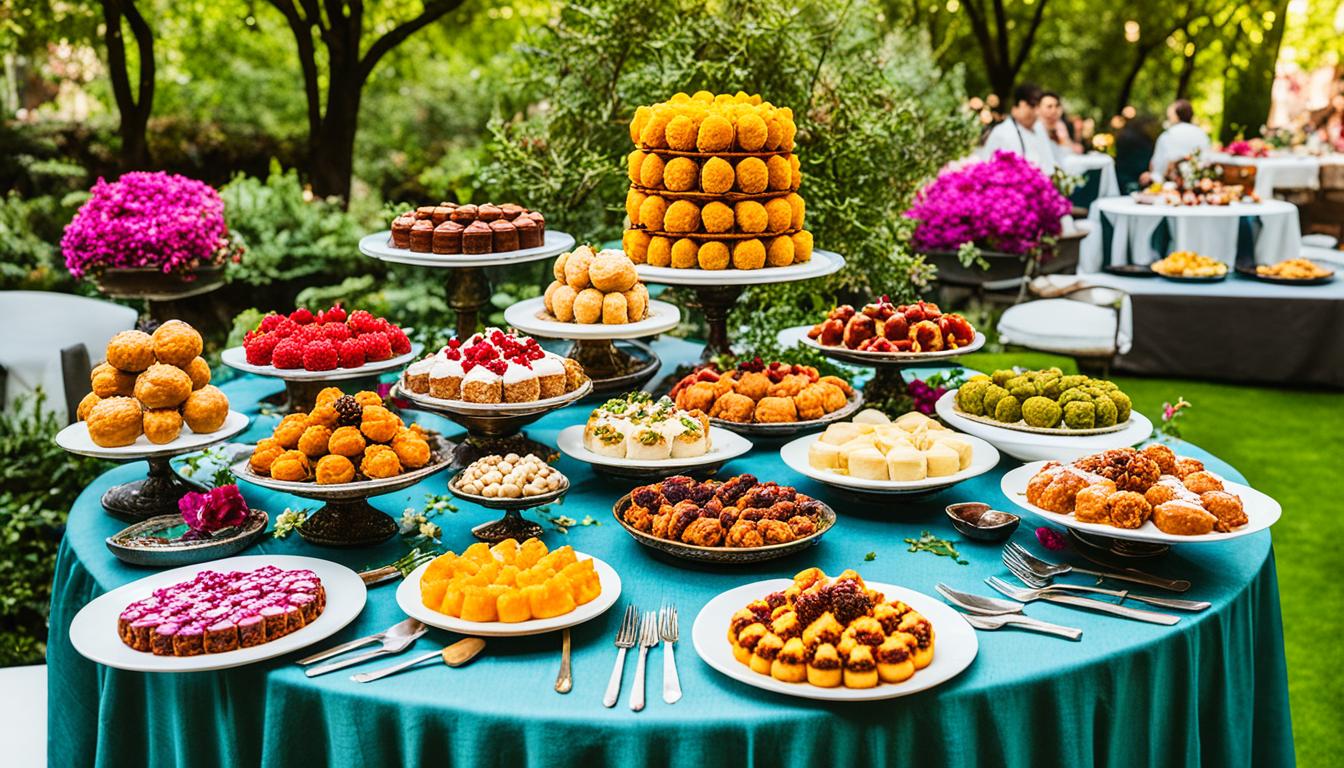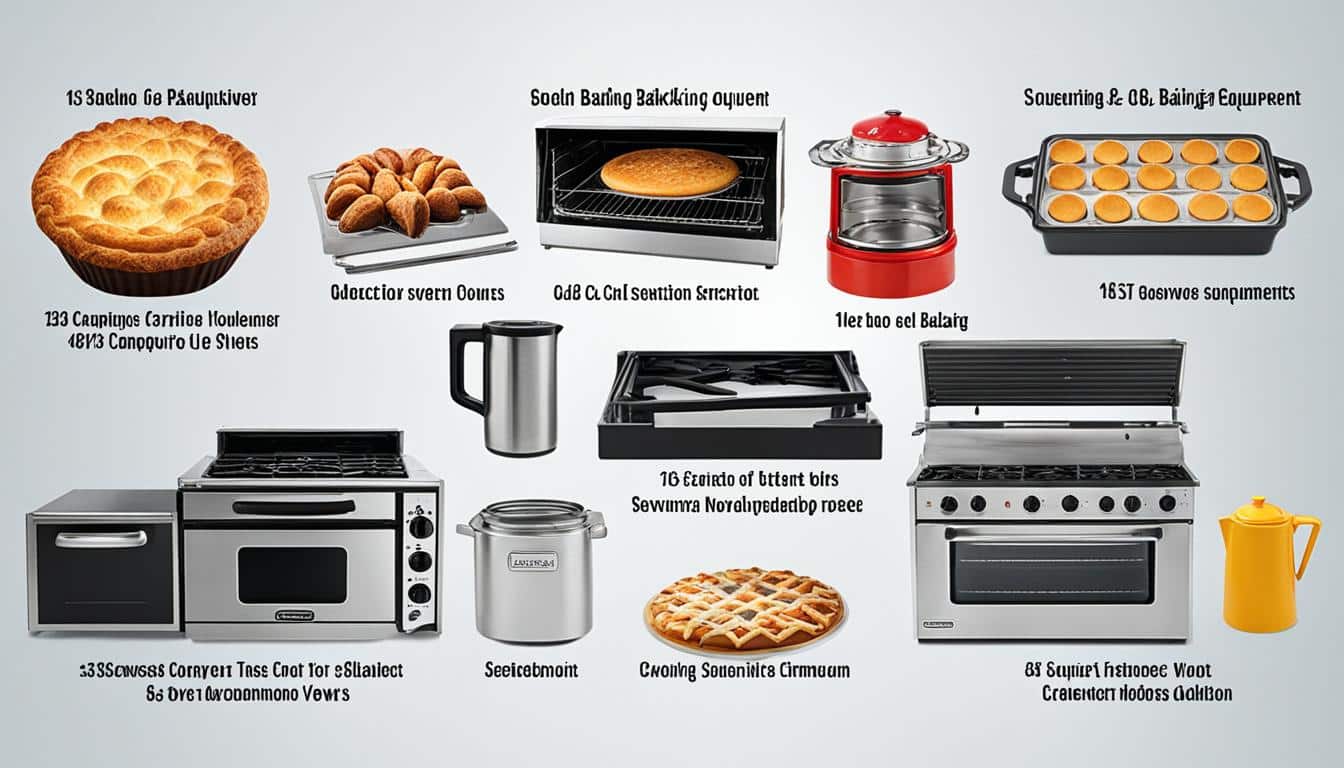
Have you ever tried baking a cake or batch of cookies only to have them turn out disastrous at high altitudes? Trust me, I’ve been there. My name is Emily and I live in the beautiful mountainous region of Colorado. Baking has always been a passion of mine, but when I moved to this higher elevation, I quickly realized that my usual recipes wouldn’t cut it. That’s when I embarked on a journey to discover the secrets of high altitude baking adjustments.
One particular instance that stands out in my memory is when I attempted to bake a towering layer cake for my daughter’s birthday. I followed the recipe religiously and eagerly awaited the moment when I could proudly present the finished product. However, when I pulled the cake out of the oven, my heart sank. It had risen beautifully during baking…only to collapse in upon itself, resulting in a sad, sunken mess.
Confused and disappointed, I began researching and experimenting with different techniques and adjustments. I learned that at higher altitudes, the lower air pressure affects the way baked goods rise and set. Leaveners like baking powder and baking soda act more quickly, causing the cake to rise faster and then collapse if not adjusted properly.
Armed with this knowledge, I embarked on a second attempt at the perfect high altitude cake. I made the necessary adjustments, decreasing the leavener in the recipe, and added my secret weapon – a burst of creativity and determination. The result? A beautiful, moist, and perfectly risen cake that left everyone at the party raving.
Through my baking adventures at high altitudes, I’ve discovered the importance of adjusting not only the leaveners but also other elements like sugar, liquid, flour, and oven temperature. It’s fascinating how these adjustments can make all the difference in achieving baking success at higher elevations.
In this article, I’ll be sharing my knowledge and experiences with you, providing tips and techniques for adjusting your baking recipes to achieve high altitude success. So whether you’re a fellow mountain dweller or planning a baking adventure in the Rockies, let’s dive in and unlock the secrets of high altitude baking adjustments together.
Adjusting Baking Recipes at High Altitude: A Comprehensive Guide
When it comes to baking at high altitudes, specific adjustments are necessary to ensure successful results. Different types of baked goods require different modifications to account for the lower air pressure and lower boiling point of water. In this comprehensive guide, I will walk you through the adjustments you need to make for a perfect bake at high altitudes.
Baking Temperature and Time Adjustments
In high altitude baking, it’s crucial to adjust the oven temperature and baking time to achieve optimal results. The following are the recommended adjustments:
| Baking Element | Adjustment |
|---|---|
| Oven Temperature | Increase by 15 to 25°F |
| Baking Time | Decrease by 5-8 minutes per 30 minutes of baking time |
By increasing the oven temperature, you can set the structure of your baked goods before they overexpand and dry out. Decreasing the baking time prevents your baked goods from becoming too dry or overbaked.
Adjustments for Key Ingredients
For high altitude baking, it’s important to make adjustments to key ingredients such as sugar, liquid, flour, and leavening agents. Here are the recommended adjustments:
- Sugar: Decrease by 1 tablespoon per cup to prevent concentration and weakening of the baked goods’ structure.
- Liquid: Increase by 1-2 tablespoons at 3,000 feet, with an additional 1 1/2 teaspoons for each additional 1,000 feet.
- Flour: Increase by 1 tablespoon per 3,500 feet and an additional tablespoon for every 1,500 feet.
- Leavening Agents: Adjust according to a chart specific to high altitude baking.
High Altitude Baking Adjustments Chart
| Leavening Agent | Adjustment |
|---|---|
| Baking Powder | Decrease by 1/8 teaspoon for every teaspoon |
| Baking Soda | Decrease by 1/8 teaspoon for every teaspoon |
Visual Cue for Doneness
In high altitude baking, relying solely on the suggested baking time in a recipe may not give you accurate results. The lower air pressure can affect the baking process. Instead, use visual cues such as color and texture to determine if your baked goods are done.
Now that you have a comprehensive guide to adjusting baking recipes for high altitude, you can confidently tackle any recipe at mountainous elevations. Experiment with these adjustments and take notes to find the perfect modifications for your favorite recipes. Happy baking!
Conclusion
The art of high altitude baking requires careful adjustments to ensure optimal results. Due to the lower air pressure and lower boiling point of water at high altitudes, modifications to leaveners, sugar, liquid, flour, and oven temperature are necessary.
When baking at high altitudes, it is essential to decrease the leaveners in cake or cookie recipes to prevent them from rising too quickly and then collapsing. Adding nuts and mix-ins halfway through the baking time can prevent them from sinking into the baked goods. Instead of relying on the suggested baking time, visual cues such as color and texture should be used to determine when the baked goods are done. It is also important to pay attention to rising time when baking bread. Utilizing the fridge can help develop more flavor during the rising process.
To adjust baking recipes at high altitudes, certain guidelines can be followed. Increasing the oven temperature by 15 to 25°F helps set the structure of the baked goods before overexpansion and drying out. Baking time should be reduced by 5-8 minutes per 30 minutes of baking time. Decreasing the amount of sugar prevents concentration and weakening of the structure. It is recommended to increase the liquid by 1-2 tablespoons at 3,000 feet, with additional increments for higher elevations. Similarly, flour should be increased by 1 tablespoon per 3,500 feet, with extra additions for greater altitudes. Leavening agents, such as baking powder and baking soda, require adjustments according to a chart.
While these adjustments provide a solid foundation, it is important to note that high altitude baking may require some experimentation and note-taking to find the perfect adjustments for individual recipes. Consulting reputable cooking guides and seeking advice from experts in high-altitude baking can also be beneficial in achieving desired results.
By understanding and implementing the necessary adjustments, baking at high altitudes can be a rewarding experience. With time, practice, and the right adjustments, you can confidently create delicious treats at any elevation.

